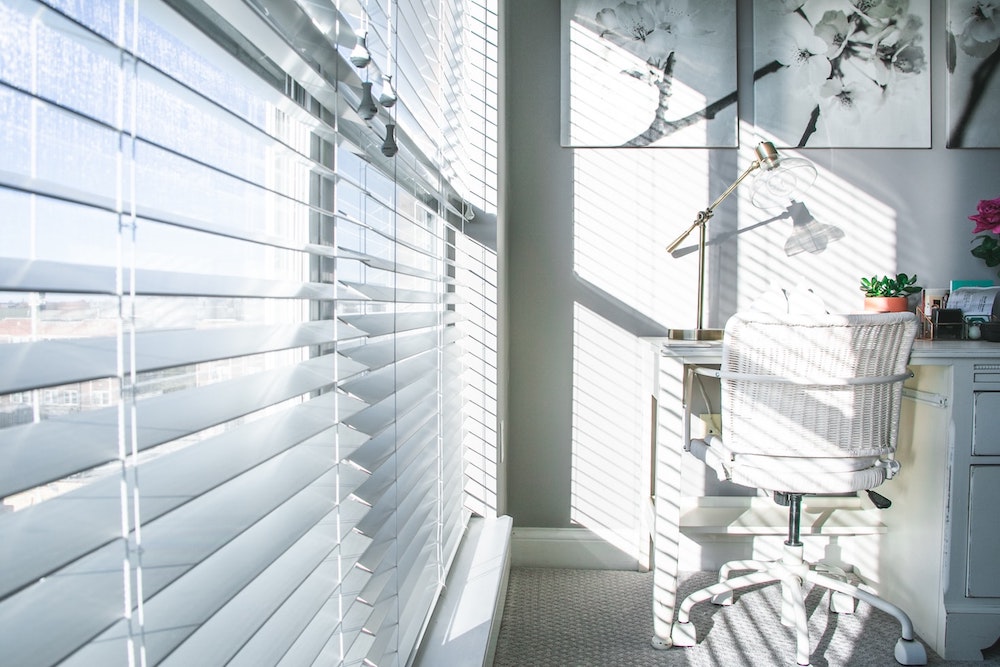When it comes to window treatments, there are two main categories: hard and soft. Hard window treatments include blinds, shades, and shutters, while soft window treatments include curtains and drapes. Each type of treatment has its own unique benefits and drawbacks, so it’s important to consider your needs and preferences before making a decision.
Hard Window Treatments
Hard window treatments are made from materials that are sturdy and durable, such as wood, metal, or vinyl. They are typically used to block out light and provide privacy, and they can be adjusted to control the amount of light that enters a room. Some common types of hard window treatments include:
- Blinds: Blinds are made from slats that can be adjusted to control the amount of light that enters a room. They are available in a variety of materials, including wood, metal, and vinyl.
- Shades: Shades are made from a single piece of material that can be raised or lowered to control the amount of light that enters a room. They are available in a variety of styles, including roller shades, cellular shades, and Roman shades.
- Shutters: Shutters are made from solid panels or slats that can be opened or closed to control the amount of light that enters a room. They are typically made from wood, but they are also available in vinyl and other materials.
Soft Window Treatments
Soft window treatments are made from fabrics that are lightweight and flexible, such as cotton, linen, or silk. They are typically used to add a decorative element to a room, but they can also be used to block out light and provide privacy. Some common types of soft window treatments include:
- Curtains: Curtains are made from lightweight fabrics that can be hung from a rod or track. They are available in a variety of styles and lengths, and they can be used to add color and texture to a room.
- Drapes: Drapes are similar to curtains, but they are made from heavier fabrics that are lined to block out light and provide insulation. They are typically used in formal settings, such as dining rooms or living rooms.
Both hard and soft window treatments have their own unique benefits and drawbacks, so it’s important to consider your needs and preferences before making a decision. Hard window treatments are ideal for those who want to control the amount of light that enters a room and provide excellent privacy, while soft window treatments are ideal for those who want to add a dash of creativity.

